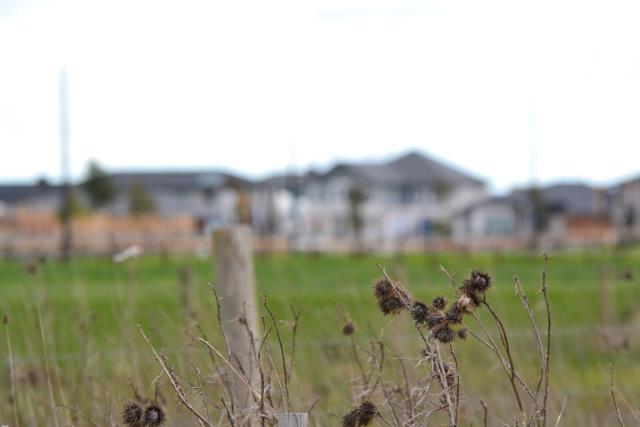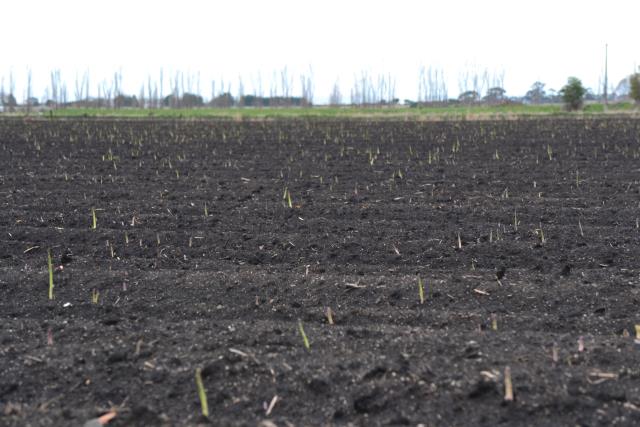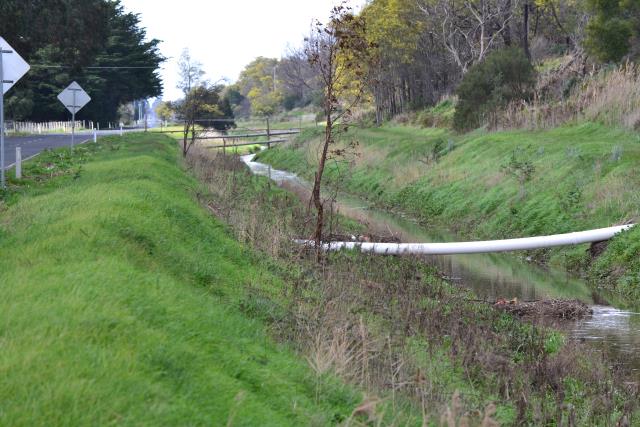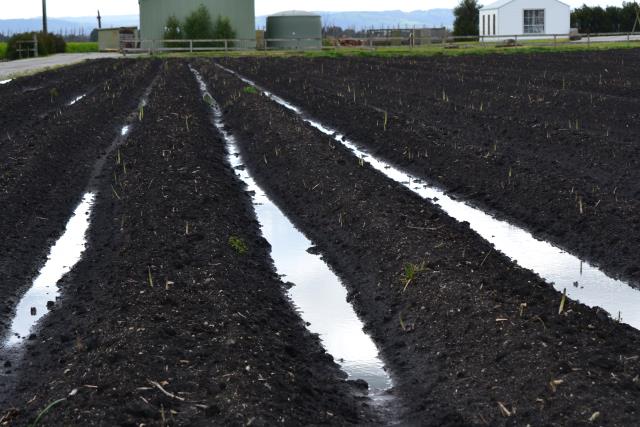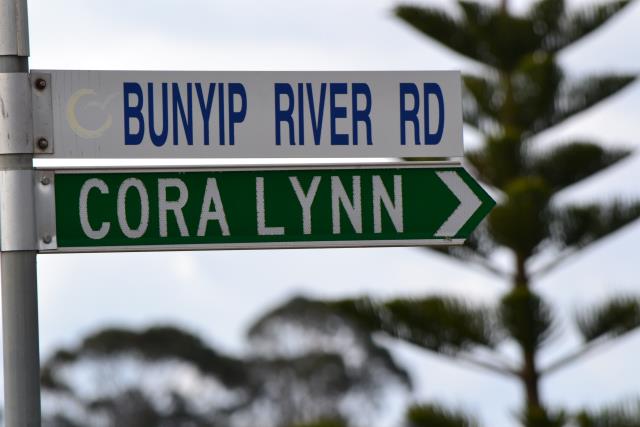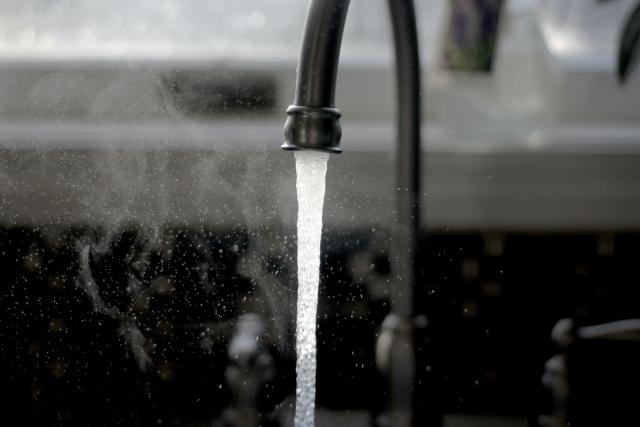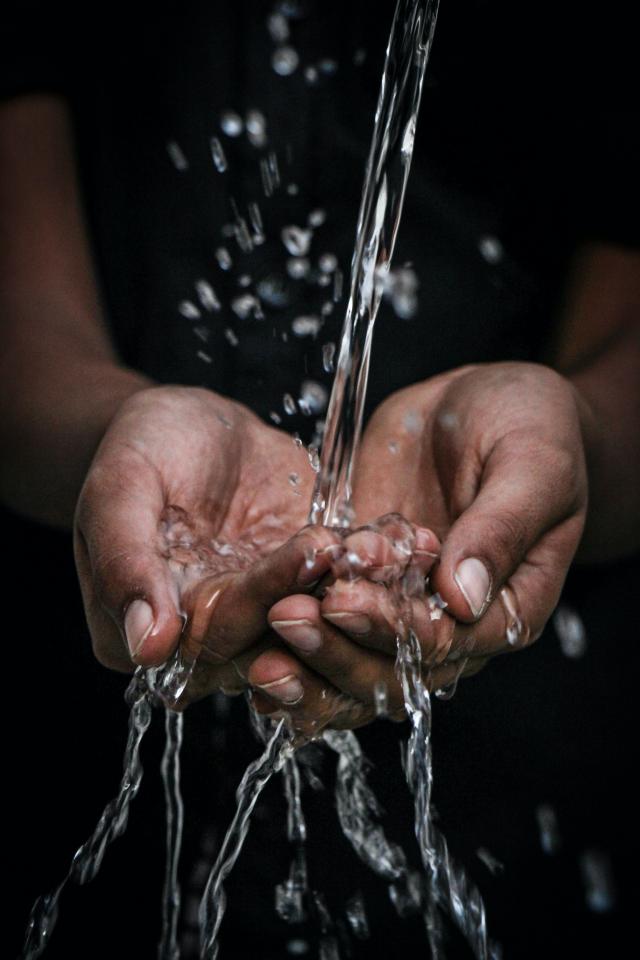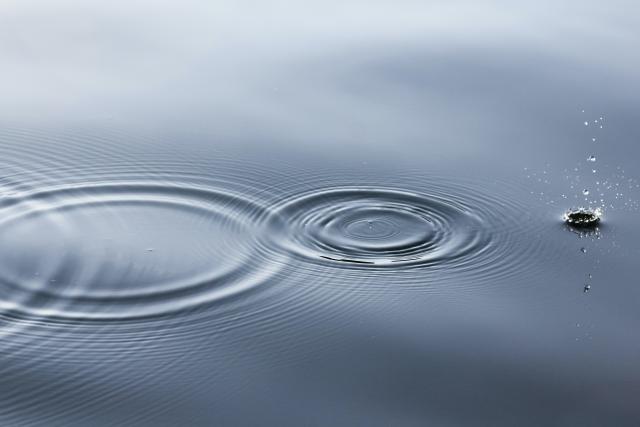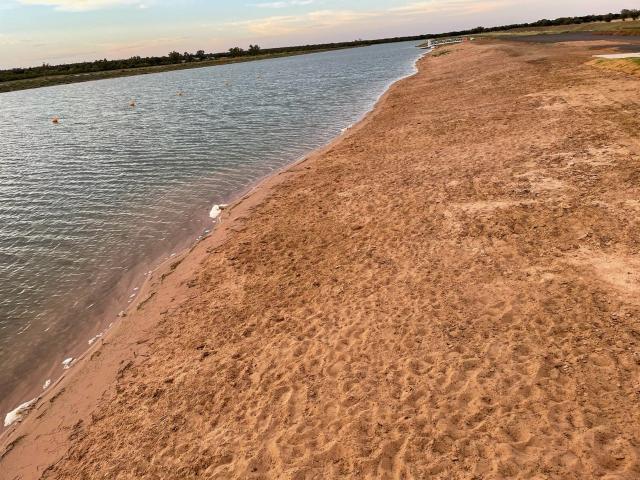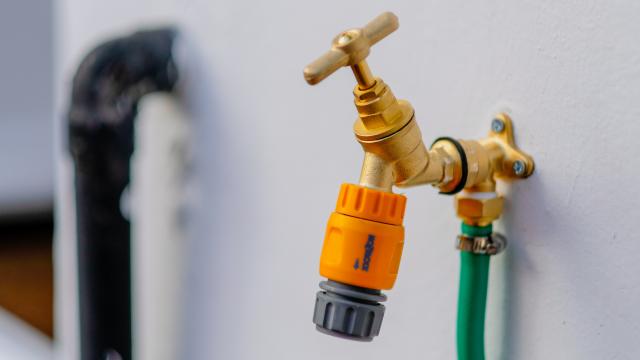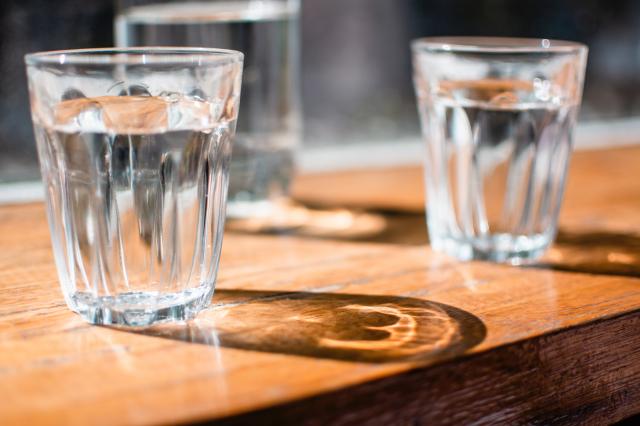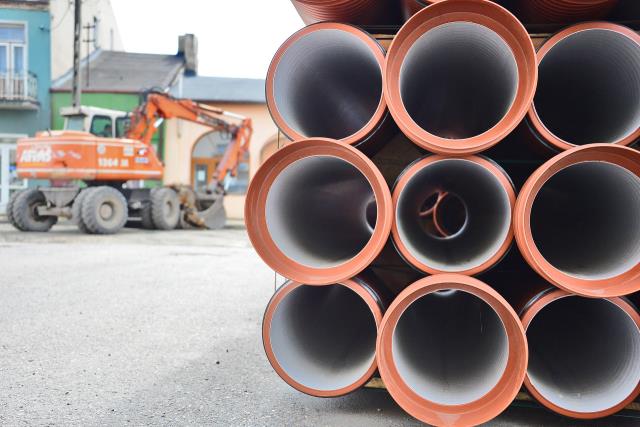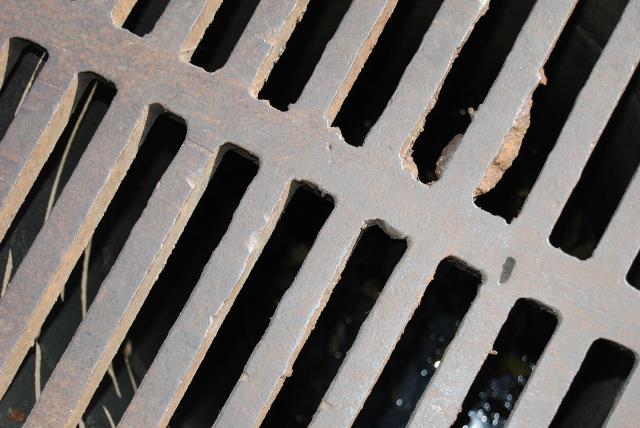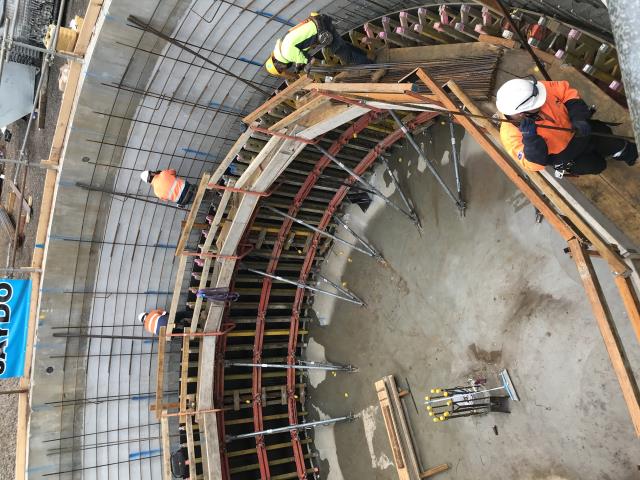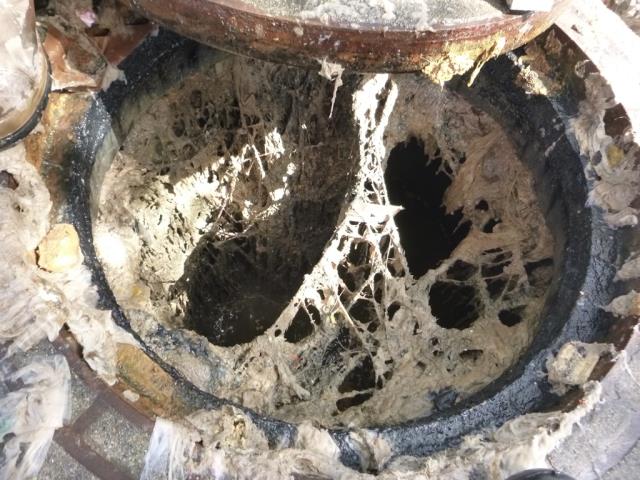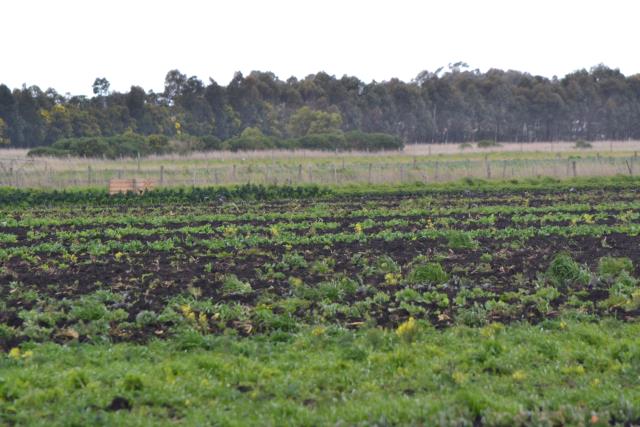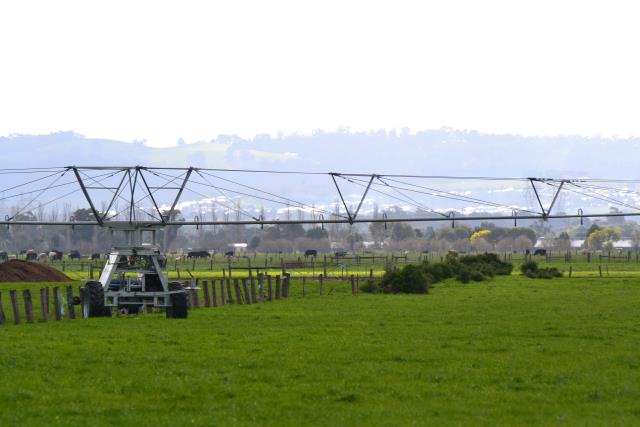
Melbourne’s growth rate has been nobbled by Covid in recent years, but is set to trend back up at a rate that will see the city’s population double over the next 50 years. At the same time, the city’s available drinking water is trending downwards, due to steadily reducing rainfall over recent decades. These two trends have an uncomfortable collision at the end of this decade that has water planners sweating on how to keep the city pumping, as ANDREW CANTWELL reports.
Recycled water – from sewage treatment plants – could soon be the words on everyone’s lips.
Rainfall patterns over the past decade or more have had us lurching from drought to deluge.
Nationally, a decade of drought through the 2010s was succeeded by two years of La Nina that this year brought record flooding to parts of Queensland and New South Wales.
Here in Melbourne’s outer South East, we’ve been spared the excesses of weather experienced in other parts of the country. The last significant weather event was 2011, when Cyclone Yasi whipped around from Queensland through Central Australia to dump its remaining rain on the South East suburbs and swamp, causing widespread minor flooding for some weeks and leaving a significant bump on the rainfall charts.
Although milder, the rainfall has been on a worrying trend downwards that’s only been relieved by these last two years of La Nina weather.
It’s a downward trend that has caught the eyes of city planners, who are thinking decades ahead on the infrastructure needed to cater for Melbourne’s rocketing growth.
What they see worries them.
Rainfall in some catchments around Melbourne has dropped between 15 per cent and 20 per cent in about 30 years. And the forecasts are for hotter and drier conditions to be the norm.
Rainfall into waterways and catchments translates directly into drinkable water, flushable water, water for industry and agriculture, and water for biodiversity, habitat and healthy waterways.
And there’s a looming mismatch between the city’s growth and the declining amount of rainwater into reservoirs.
Housing estates in Officer, Pakenham, Pakenham East, Kooweerup and Lang Lang reflect the growth still being experienced across Melbourne.
Although growth at the fringes is faster, Melbourne is also increasing in population density as multi-level developments take over from the ‘Australian dream’ quarter acre, and higher density flats or units are encouraged around transport hubs and designated ‘activity centres’ throughout the suburbs.
Melbourne’s population of five million is expected to double over the next five decades.
But it won’t take nearly that long for Melbourne’s growth to match and then exceed the city’s water supply.
On current trends, demand will meet supply within the next decade.
It’s what happens after that time that has planners thinking long and hard about what our water future looks like.
The sobering picture is detailed in a draft water strategy released in June jointly by Melbourne’s four water utilities, aptly titled ‘Water for Life’.
The 200-page report acknowledges the challenge is great and will require significant resources – read oceans of cash – and engagement at all levels of the Victorian community.
It acknowledges that water utlities cannot rely on previously gained water efficiencies and shifts in water use – nor even restrictions – to produce the amount of water needed in the future.
And it acknowledges that the multi-billion dollar desalination plant near Wonthaggi – pumping water in at 150-gigalitres a year, or one third of current demand – has been running at near capacity for the past three years and can’t be relied on to fill the gap.
In fact, the report indicates that another four desalination plants of the same capacity would be needed to pump in the expected 600-gigalitre shortfall at the end of the 50 years to 2070.
No government has the stomach for that kind of expenditure.
Instead, the report focuses on several options under three key themes to tackle the supply side and demand side issues.
Demand would be tackled by continued efforts at water conservation and efficiency. The Target 155 campaign of a few years ago – of 155 litres water usage per person per day – fixed in Victoria’s permanent water saving rules – could be scaled back further to Target 150 or less.
That’s speculation, but nothing is off the table.
It’s worth noting that Victorians used on average 157 litres each daily in 2019-2020 and 159 litres in 2020-2021, according to DELWP figures.
In that time, the state’s population rose from an estimated 6.35 million to 6.5 million. Each extra litre makes a big difference.
As the population grows, each litre saved will make more of a difference.
On the supply side, the plan looks at two areas: Supply augmentation and integrated water management.
Integrated water management is having the pipes and pumps in place to move water from diverse sources to where it’s most needed. The expected cost over the coming 50 years is eye watering.
But it’s the ‘diverse sources’ referred to that will be eye-opening for many.
The report speaks of utilising manufactured water – or rainfall independent supply – including desal water and recycled water – to make best use and re-use of every drop.
Recycled water – from sewage treatment plants – could soon be the words on everyone’s lips.
New housing estates in the suburbs already get the purple pipes carrying recycled water for use on gardens.
Other larger scale projects are also in progress or planned to make use of the liquid gold from treatment plants, including the $72 million plan announced in May to pump high-quality treated water from Bangholme to 46 sites in Kingston, Monash and Bayside under the Dingley Recycled Water Scheme for golf courses, sports ovals, market gardens and nurseries.
The report noted that in 2020-2021, Melbourne Water processed 395 gigalites of sewage, of which only eight per cent – or 32 gigalitres – was put to work as recycled water.
Utilisation of the remainder is a key priority in forward planning.
On the agricultural front, recycled water is also being looked at to power new irrigation districts – including the proposed Pakenham-Cora Lynn Recycled Water Scheme.
South East Water and Southern Rural Water have received millions in Federal Government funding to work up a business case for the scheme, which would see treated water from the Pakenham South treatment plant utilised for agricultural purposes on land north of Kooweerup and Bayles, between McDonalds Drain Road and Little Road.
A report on the business case was due in June. We’ll bring you more on this scheme when the report is released.
A further recycled water scheme for agriculture is also being considered for Longwarry, which also has a significant treatment plant.
The other source of easily obtainable water is stormwater that currently gets drained away into local wetlands.
Harvested stormwater in the future may do the rounds through a recycling plant a few times before being safely released to wetlands.
The report notes the adverse impact of excess stormwater in fouling waterways, flooding, sediment runoff and nutrient loads.
Stormwater is less of a problem when it can seep into the soil and dissipate.
But as paving from Melbourne’s urban footprint spreads and more stormwater is collected into drains, the capacity for environmental damage only increases.
The report estimates 39,000 new homes each year in the Port Phillip and Western Port regions.
All that loaded stormwater heads for the environmentally sensitive RAMSAR wetlands of Western Port.
Across Greater Melbourne, an estimated 400 gigalitres gets channeled into stormwater, of which a mere five gigalitres is currently harvested.
In one of the more audacious scenarios in the report, harvested water could be injected into aquifers in times of increased rain, and those aquifers draw down in times of drought to keep water flowing.
There is no scenario in Melbourne’s future that does not include manufactured or recycled water and stormwater harvesting.
The report, significantly, notes the wider community needs to adopt and embrace a ‘circular economy’ view of water that sees recycled water as “a primary water source” and not just the leftovers from the sewage treatment process.
The near 400 gigalites from treatment plants and the 400 gigalites from stormwater harvesting – if fully utlised – will more than cover Melbourne’s expected 600-gigalitre water deficit at 2070.
But the report notes governments, councils, water utilities and communities need to start action now, as an average 12 gigalitres of water needs to be added to the water supply each year for the next 50 years to meet demand.
The key message in the report for agriculture and industry into the future is that recycled water is there to keep enterprises running at a time when rainfall is less reliable.
The key message to household consumers in the report is that recycled water is safe and fit for purpose for a range of uses apart from cooking and personal hygiene.
The unpalatable alternative is the failure of catchments and permanent, crippling water restrictions that will simply fail to satisfy the city’s growing thirst.
The full report is available at waterforlifestrategy.com.au

